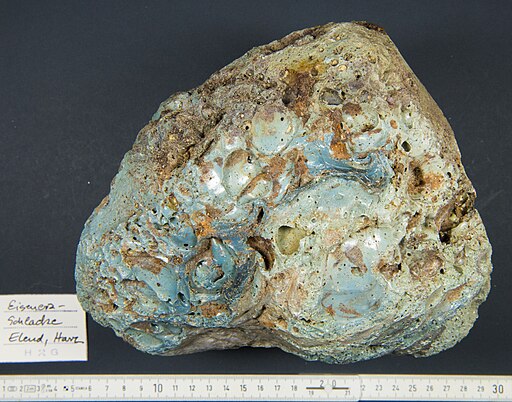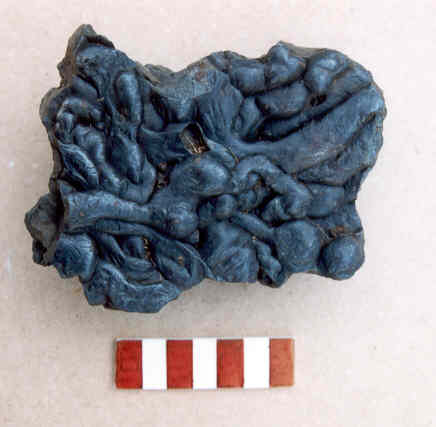Blue Obsidian (Manmade)
Blue Obsidian is an attractive blue glass, usually sold as a true Obsidian, but please be aware that it is a man made glass.
This glass is always sold polished – I have never seen rough ‘chunks’ being sold. However, it is a clear blue glass, so they must be around somewhere.
Appearance, Uses and History
This material is sold as Blue Obsidian – however, it is a man made glass. It is not a volcanic glass.
In very rare circumstances, natural blue Obsidian is possible. It is essentially rainbow Obsidian cut in a certain way to maximise the colour. It is not transparent – that is purely a feature of the man made glass. Rainbow Obsidian is translucent to opaque.
It is important to make a note that ‘slag glass’ or ‘cullet glass’, an industrial byproduct, is sometimes sold as natural blue Obsidian too.
Please note, however, that this page refers to the synthetic ‘blue Obsidian’ which is used as a cheap decorative object – often sold carved or tumbled.
Locales
Arguably anywhere there is a glass factory, although I suspect the majority of this material comes from China.
Real blue Obsidian (or Obsidian with some blue areas or flash) may occur in very rare locales – Davis Creek, Lassen Creek, and the Tokachi area of Japan.
Mineralogy
Photos of Blue Obsidian (Manmade/synthetic)
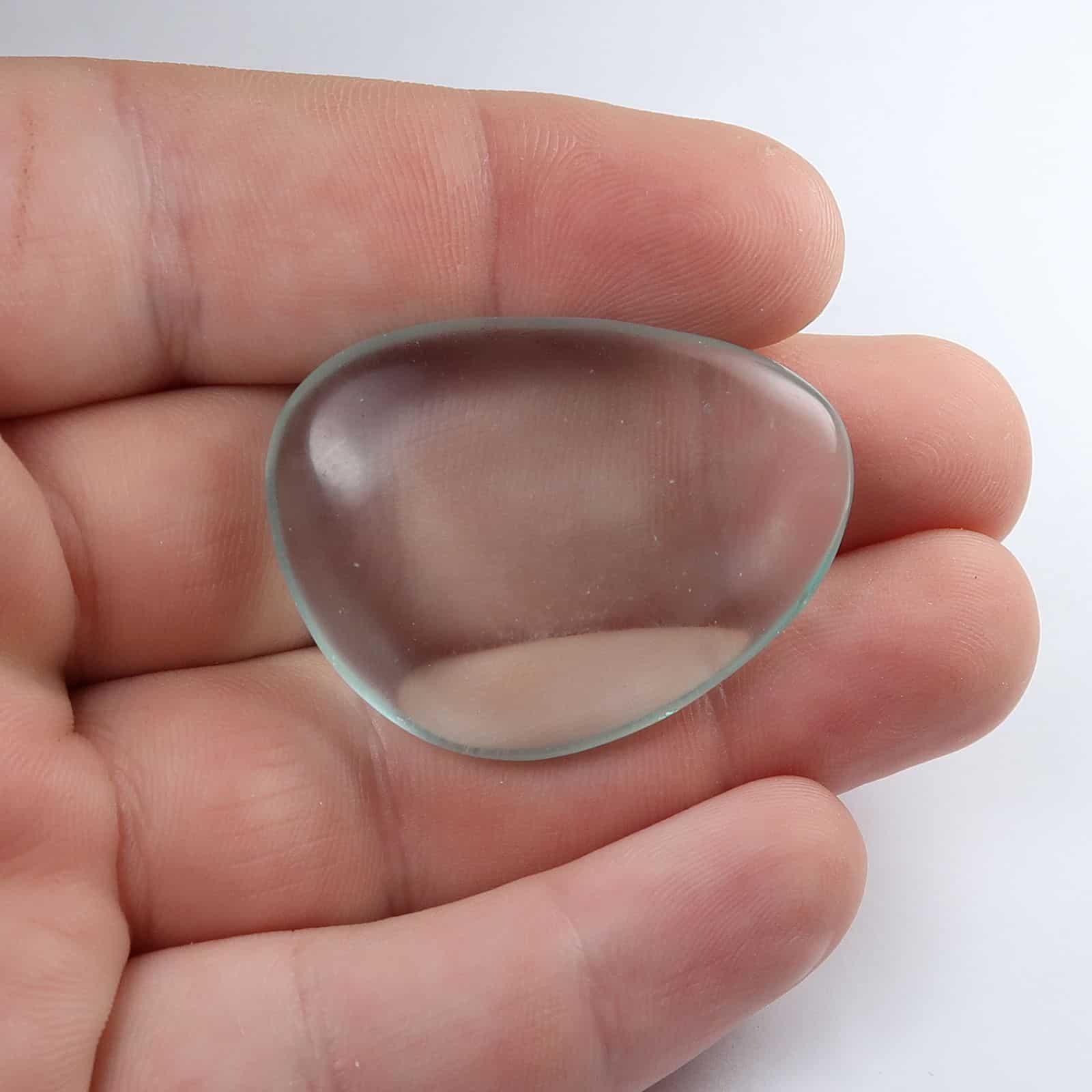
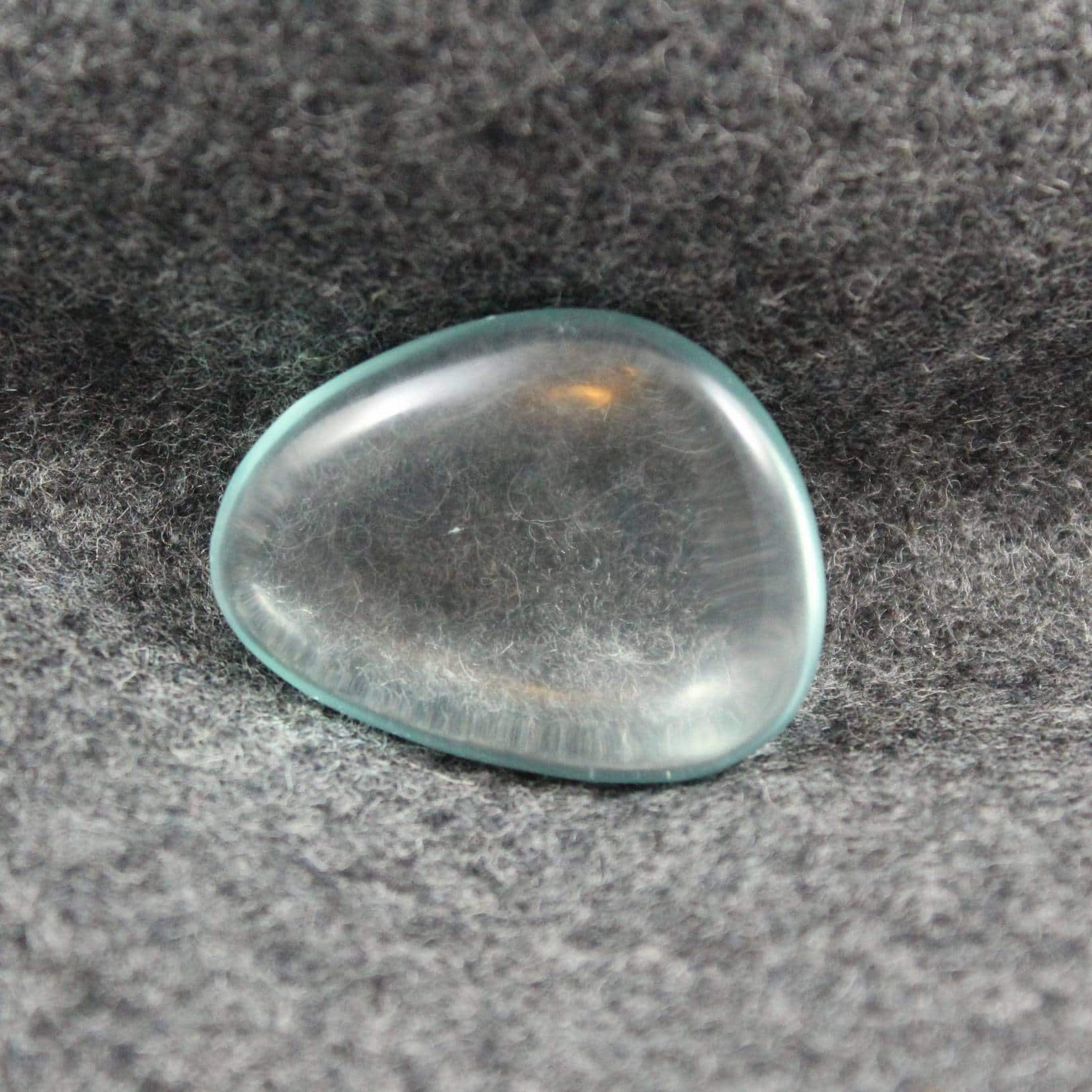
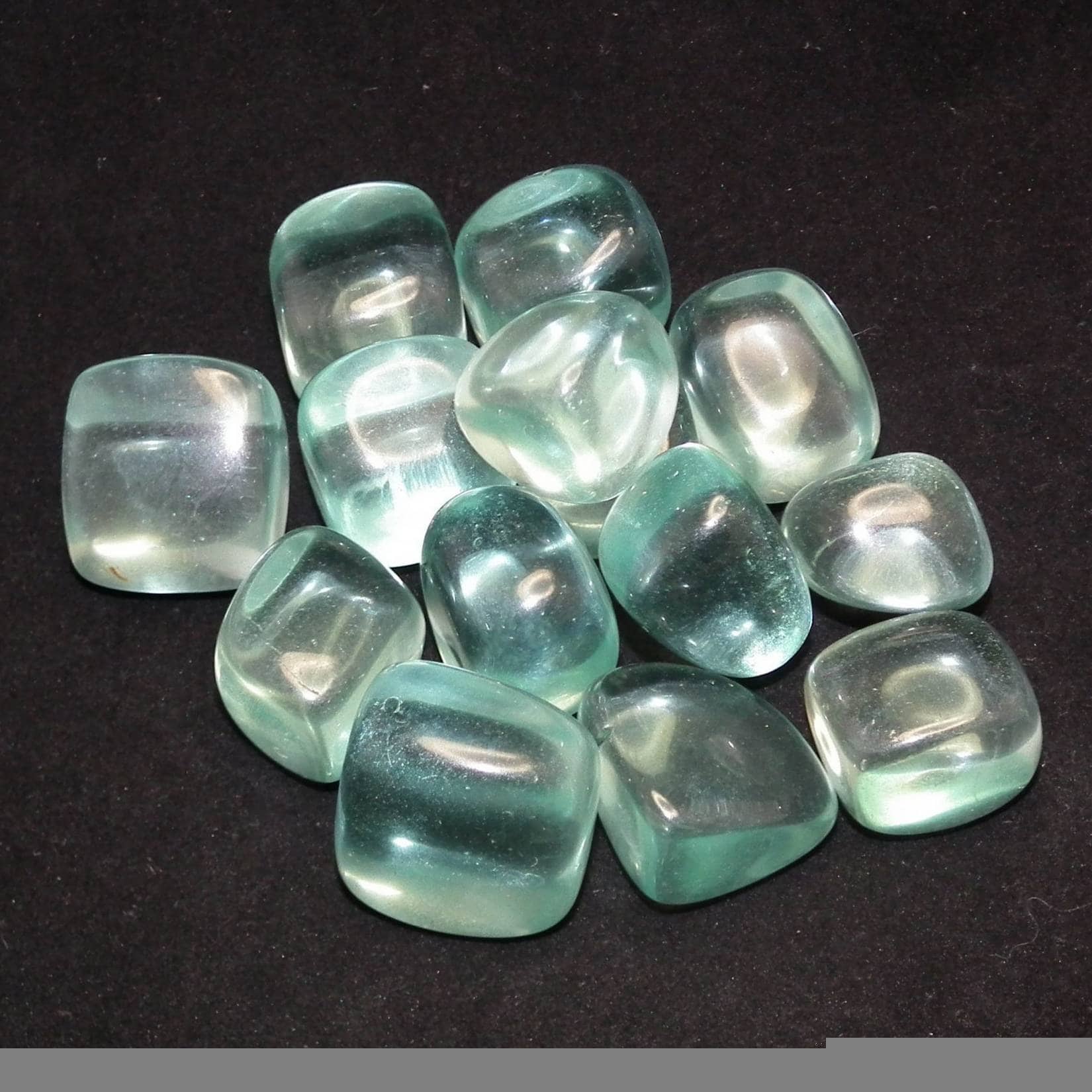
Photos of Blue ‘Obsidian’ (Blue slag/cullet glass)
Hazards and Warnings
Almost all rocks, minerals (and, frankly, almost all other substances on earth) can produce toxic dust when cutting, which can cause serious respiratory conditions including silicosis.
When cutting or polishing rocks, minerals, shells, etc, all work should be done wet to minimise the dust, and a suitable respirator or extraction system should be used.
Translations
Arabic:
- سبج أزرق
Hindi:
- नीला ओब्सीडियन
Portuguese:
- obsidiana azul
Bengali:
Indonesian:
- obsidian biru
Punjabi:
English:
Italian:
- ossidiana blu
Russian:
- синий обсидиан
French:
- obsidienne bleue
Japanese:
- 青い黒曜石
Spanish:
- obsidiana azul
German:
- blauer Obsidian
Korean:
Thai:
Gujurati:
Mandarin and Traditional Chinese:
- 蓝色黑曜石
- 藍色黑曜石
Urdu:




